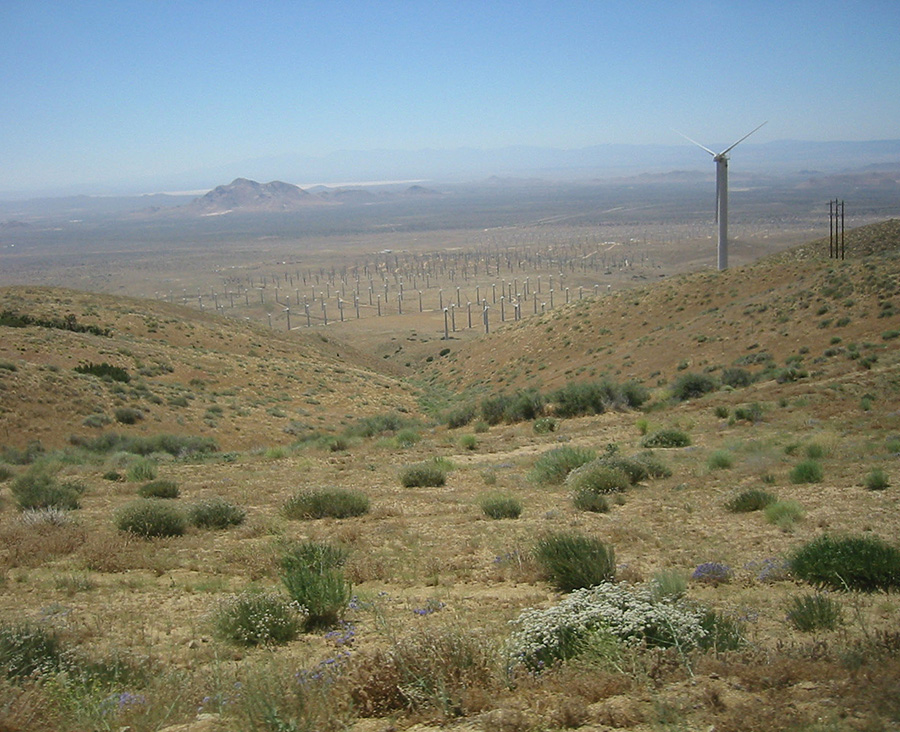Public Land Trust
DEFINITION
A land trust is a nonprofit organization that works to conserve land by undertaking or assisting in land or conservation easement acquisition, or by stewardship of land or easements.
As a land trust must meet specific conservation designation guidelines, a public domain land trust would be designated to protect endangered forms of social space, specifically nonproprietary public space in the form of a commons.
This strategy would involve creating the public domain through a social conservation easement rather than an environmental conservation easement, by incorporating a 501c3 tax-exempt non-profit land trust, and then donating the Mojave parcel to the trust via the easement.
PROS
The Land Trust model is a common model in use for land preservation in the United States, as it is highly congruent with the current system of land apportionment.
CONS
Requires a board of directors to fulfill governance structure requirements. A trust is also considered as having private ownership, "social conservation” is not a recognized as a meaningful term and would not fit into any recognized land trust designation, and so would probably get the legal thumbs-down.
There are four major components to making your land trust a bona fide legal entity:
INCORPORATION
This is straight-forward paperwork. Using model forms, your land trust must decide upon its name, three initial incorporators and the trust's purposes. After research and out- reach exercises, the purposes should be clear. In drafting the Articles of Incorporation for your land trust, you must carefully tailor the wording to meet the Internal Revenue Service's (or Revenue Canada's) criteria for 501(c)(3) (charitable, non-profit) organizations. Furthermore, you should familiarize yourself with the state and local statues governing real property tax exemption; often these statutes will make property tax exemption (a future consideration) contingent upon certain language included int he corporate purposes. This will help you gain tax exemption.
BY-LAWS
By-laws describe the organizational structure of a trust and rules of procedure. The format is somewhat standard and often regulated by state law, but a land trust can tailor certain terms to meet its own needs such as the terms of officers and directors, quorum considerations and votes for approving expenditures.
The By-laws also describe membership criteria. Not all land trusts are membership organizations, but all community land trusts must have community support. This often prompts the creation of a membership organization such as an association.
TAX EXEMPTION
Applying for tax exemption requires your completing federal tax forms. This is routine paperwork requesting information generally available in your Articles of Incorporation and By- laws. The application for tax exemption should be reviewed by someone familiar with tax-exemption applications for nonprofit organizations, such as the Trust for Public Land.
CHARITIES REGISTRATION
In many states land trusts which solicit funds, or plan to solicit funds, over a specified dollar amount, must register with a state charities agency. It is helpful to do this at the inception of your organization.
The whole incorporation process from start to finish takes about 8 to 12 months. Most of this time is consumed by the IRS's review of the appropriate forms. The actual filing of Articles of Incorporation, writing of By-laws and submission of a tax-exempt application takes only one or two meetings and some follow-up work. Once your application is submitted, your land trust can conduct business but cannot provide maximum tax benefits to donors of land, funds or other resources, until the IRS (or Revenue Canada) accepts the application and grants a preliminary letter ruling.
